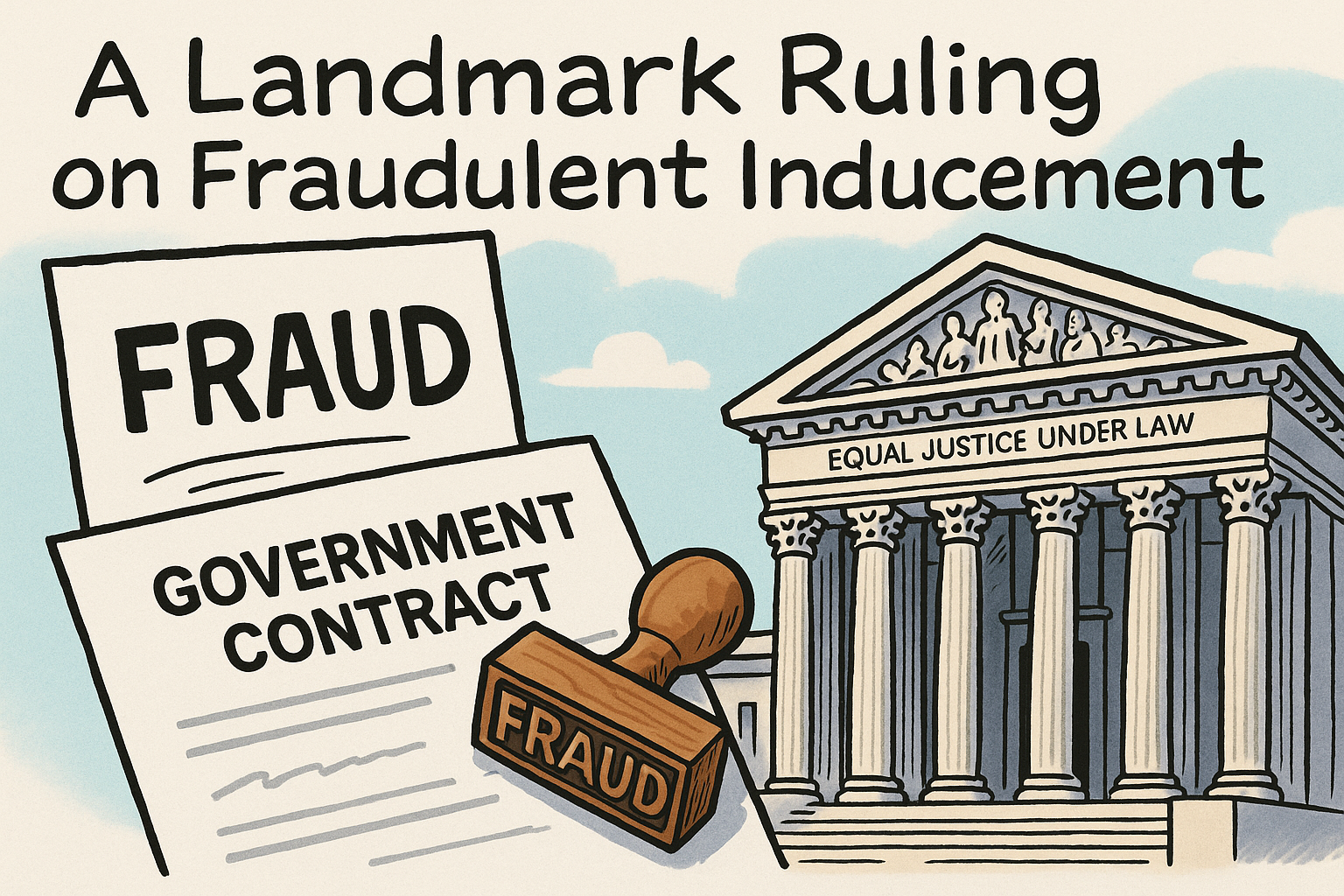Resources
ROSE Reports
ROSE Insights

How do successful businesses scale their finance and accounting operations as they grow? In this insightful panel hosted by Rose Financial Solutions , leading executives share real-world experiences and proven strategies for evolving finance infrastructure. Moderator: Timothy J. Fargo, CPA Client CFO, Tax Partner, ROSE CFO Rose Financial Solutions Featured Panelists: Jeffrey F. Brown – President & Founder, XCAL Shooting Sports and Fitness Wilson Geong – Vice President, Finance and Administration, Prison Fellowship International Topics Covered: How the use of data and KPIs evolves with business growth Changing tech stacks, systems, and technical expertise in scaling companies How industry dynamics impact financial system design The evolving role of the CFO in modern organizations Whether you're navigating rapid growth, modernizing your tech stack, or rethinking the CFO’s role, this discussion offers practical takeaways from leaders who’ve done it. Hear how they built finance and accounting systems that scale — and what they’d do differently knowing what they know now.

Ted Rose , CEO of Rose Financial Solutions, shares how today’s CFOs can overcome financial bottlenecks and lead with confidence at every growth stage. Learn how Easby and Finance as a Service (FaaS) help automate up to 85% of finance tasks—unlocking real-time insights, compliance, and scalable operations from start-up to $100M+.
Get More Financial Insights
Ready to gain financial clarity and take control of your financial future? Reach out to us now by filling out this contact form. Our team is here to answer your questions and guide you toward a brighter financial horizon.
Let's start the conversation today!




